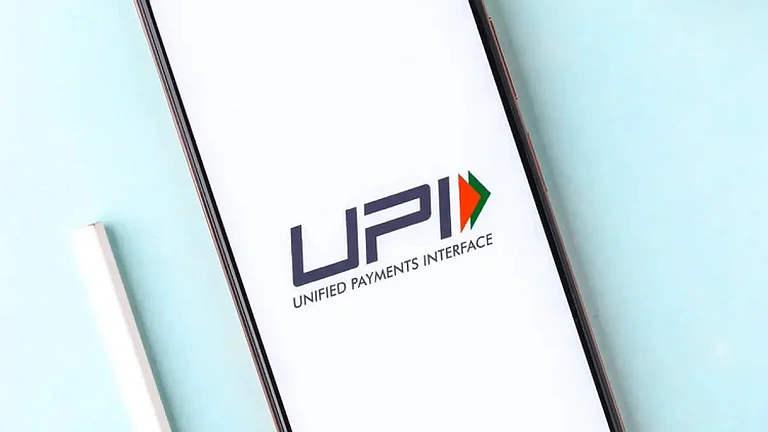A few years ago, paying for anything, whether it was a cup of chai or a new pair of shoes, required some effort. You would have to count out cash, check if you had the right amount, or swipe your debit card, sometimes even dealing with failed transactions or slow card machines. There was a moment, however brief, where you may have paused and thought: Do I really need this?
Then came the Unified Payments Interface (UPI). A quick scan, a tap, and boom, payment is done. No counting cash, no PINs (with UPI Lite), no second thoughts. It’s effortless, and that’s exactly what worries financial experts.
Sanjay Kathuria, a Certified Financial Analyst (CFA) and financial consultant says the ease of UPI transactions has made spending almost too convenient. In a video by PINKVILLA he said, “Earlier, when we had to physically hand over money, there was a psychological impact. We felt the pinch. But with UPI, that friction is gone.”
This frictionless spending means people don’t feel the weight of their expenses until it’s too late. Many don’t even realise how much they are spending on small, frequent purchases, like coffee runs, quick snacks, or impulse buys because each payment feels insignificant. But over a month, those “small” transactions can add up to thousands of rupees.
A study by Indraprastha Institute of Information Technology Delhi (IIIT Delhi) on spending behaviour among digital payment users found that nearly 75 per cent of respondents admitted to spending more than they used to, simply because of the ease of payments. The number one accelerator for this behaviour? UPI.
The ‘Video Game’ Effect
Kathuria compares UPI payments to playing a video game. You aim your camera at a QR code, press a button, and your money vanishes, just like firing a shot in a game. It’s seamless, fun even, but it disconnects people from the reality of their spending.
Kathuria warns that this behavioural shift is pushing people into unnecessary expenses, often without them realising it. “When you are using cash, you’re forced to acknowledge how much you’re spending. But with UPI, you don’t see the money leave your hands. It’s just numbers on a screen.”
How To Stay In Control
Here are a few ways to stay mindful of your UPI spending:
1) Set Daily or Weekly Limits: Most UPI-linked banking apps allow users to set spending limits. If you tend to overspend, setting a daily or weekly cap can help control impulse purchases.
2) Review Transactions Regularly: Go through your UPI transaction history at the end of each week. You might be surprised to see how much you’ve spent on things you didn’t need.
3) Apps Can Help: For the digitally savvy Gen Z and others, there are many budgeting apps in the market that can help you keep track of your payments and bills. A budgeting app can help you review the history of your payments and single out any unnecessary expenses that you might be making.
4) Pause And Think: You can make it a habit to pause a little before confirming a payment. This can help you, especially during a shopping spree where you are making payments via UPI. How to do this? You can ask yourself, ‘Do I really need this, or am I just paying because it’s easy?’
Undoubtedly, UPI is a game-changer for transactions and payments in India with its fast, secure, and widely accepted features. However, with all these conveniences comes a set of risks that you may not realise. The key lies in awareness because the money that goes speedily from your account via the phone is indeed very real, and so could be the consequences of overspending.

















